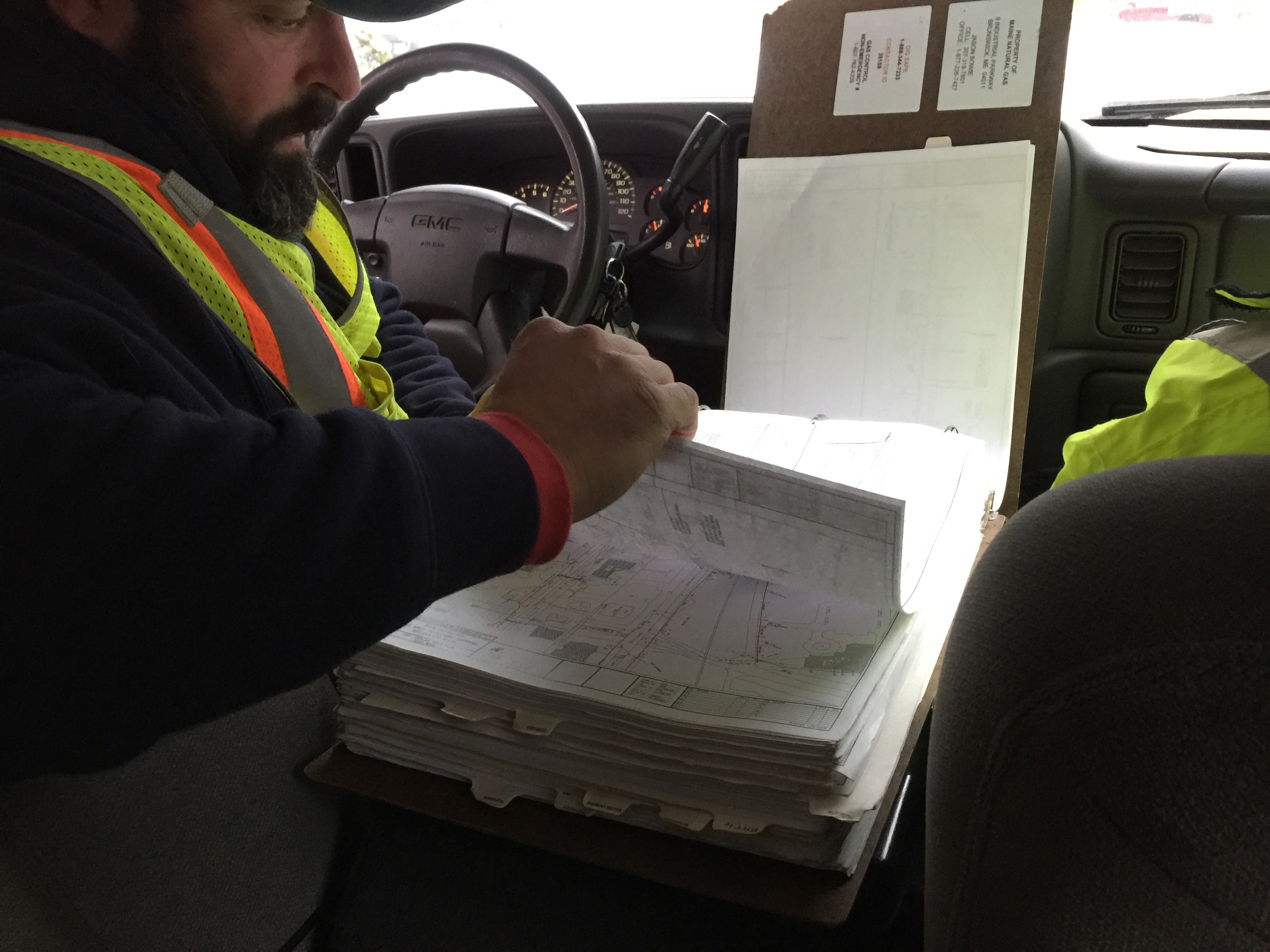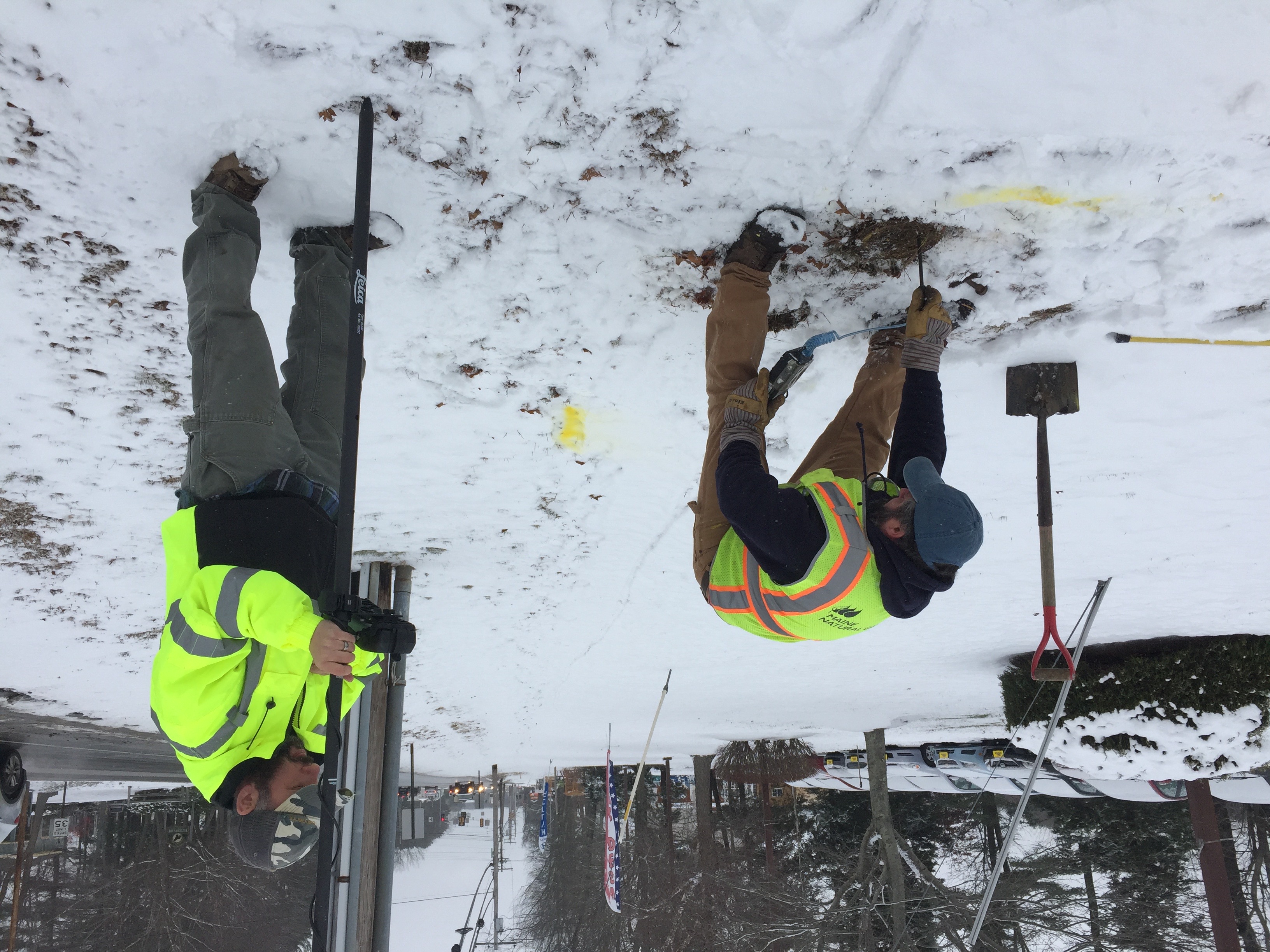ArcGIS applications
Collector for ArcGIS
Recently, Maine Natural Gas (MNG) upgraded from a basic ArcGIS Online subscription to a standard license for ArcMap Desktop and Pro. After discussing with Corey, the GIS Analyst, we concluded that integrating Collector for ArcGIS into their workflow would be highly advantageous to meet the new regulations and improve efficiency.
Replacing the cumbersome Trimble units' interface with Collector will be a welcomed change. This app, seamlessly feeding data into their GIS, not only ensures compliance with regulations but also streamlines data processing workflows.
During our conversation, I briefly spoke with their salesman, who had prior experience using Collector at a previous job. He used the app to collect points for potential new service fill-ins while walking through neighborhoods. Although he hasn't been part of the discussions on transitioning to Collector, he expressed excitement about using it again, as it eliminates the need to carry maps, pens, and highlighters during fieldwork.
Workforce for ArcGIS
Currently, work management at Maine Natural Gas (MNG) relies on a paper-based process. Each morning, technicians receive a stack of job forms and gather the necessary parts for each assignment before heading out for the day's work. If they require additional jobs, they have to return to the shop to collect new job forms.
During my visit, I provided a quick demo of Workforce and its seamless integration with Collector, which left everyone thoroughly impressed. They are excited about using Workforce once they have fully integrated Collector into their workflow by the 1st of the year.
Navigator for ArcGIS
Although not explicitly discussed, based on my observations, it seems that Maine Natural Gas (MNG) could greatly benefit from transitioning to Navigator for ArcGIS. This move would eliminate the need for paper map books and provide technicians with convenient access to the latest files. Navigator offers search capabilities and even enables offline access to maps, addressing concerns about 'going digital.' This integration could significantly enhance their workflow and increase efficiency for field operations.










